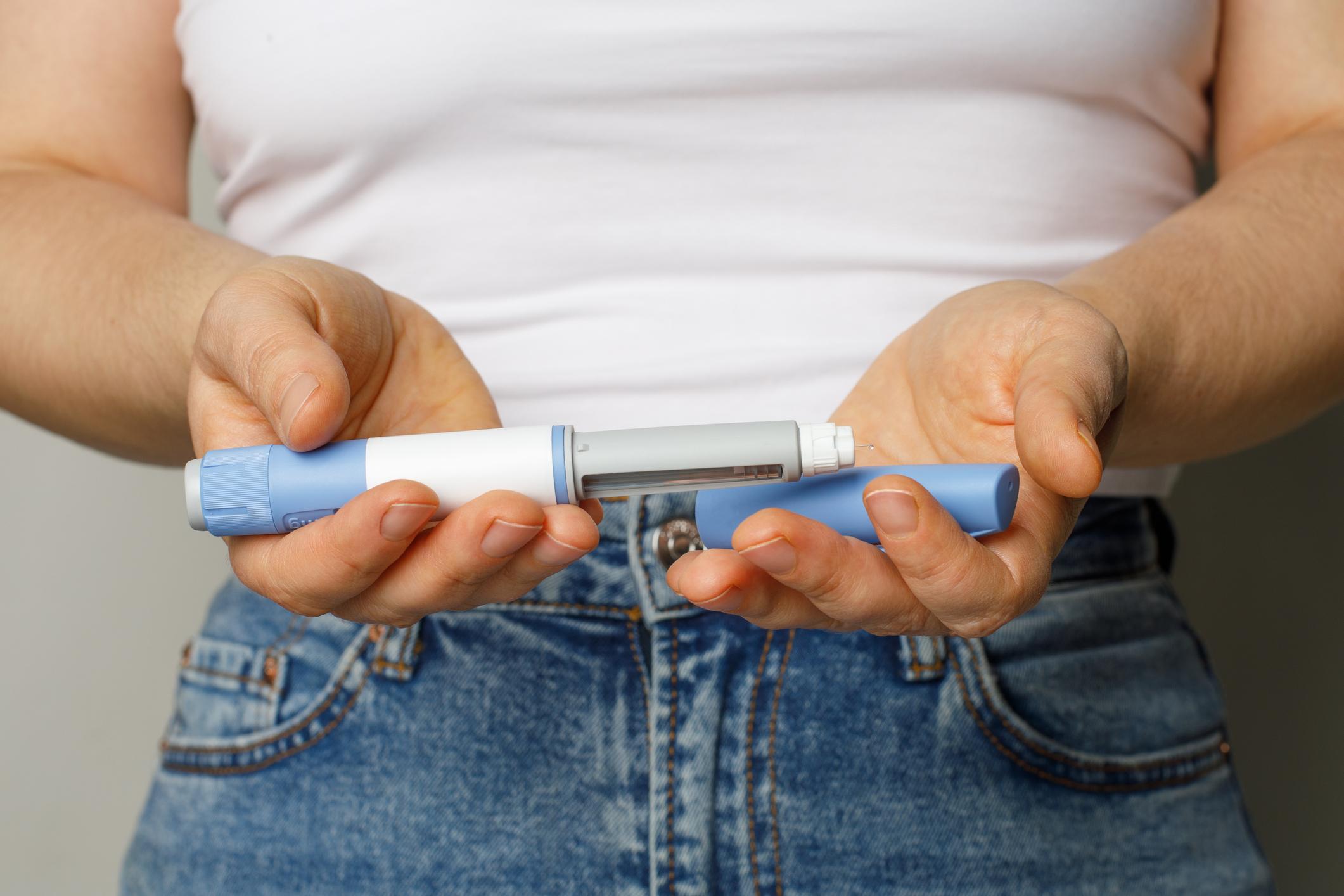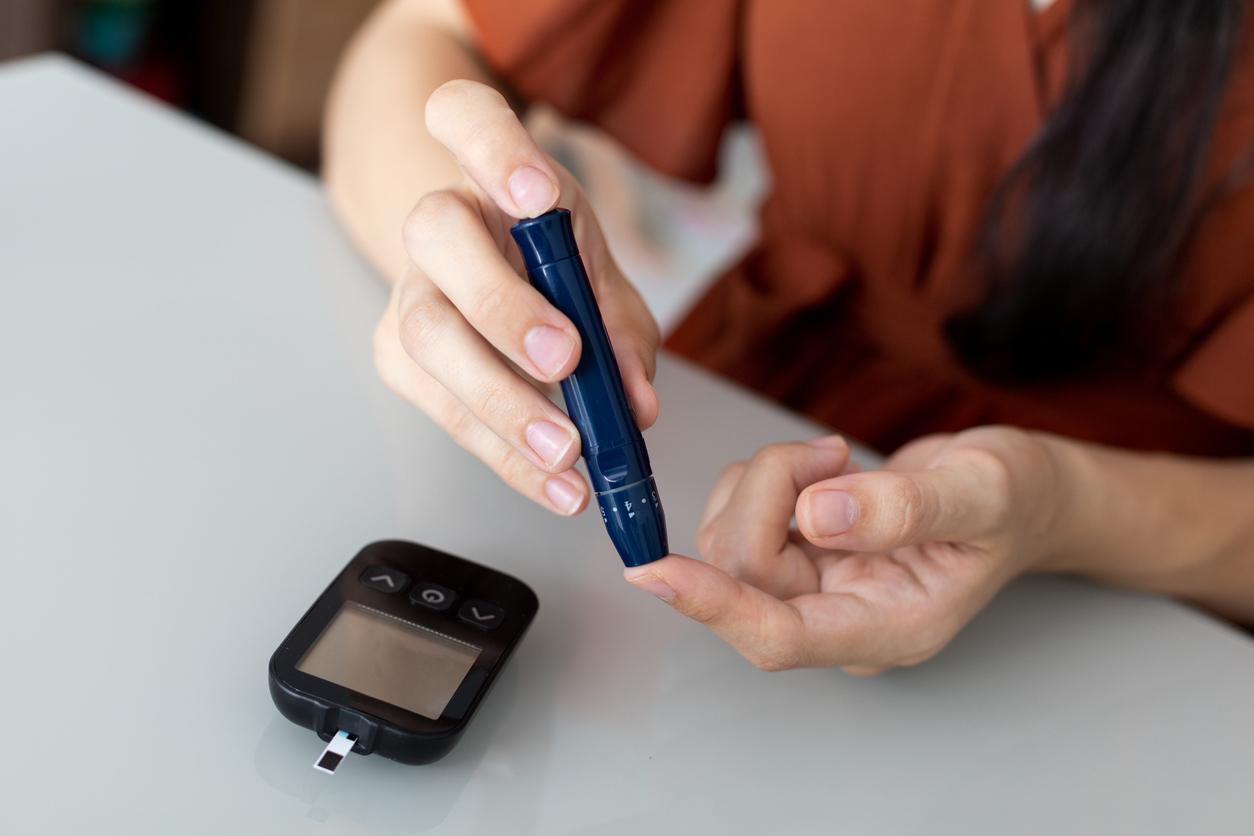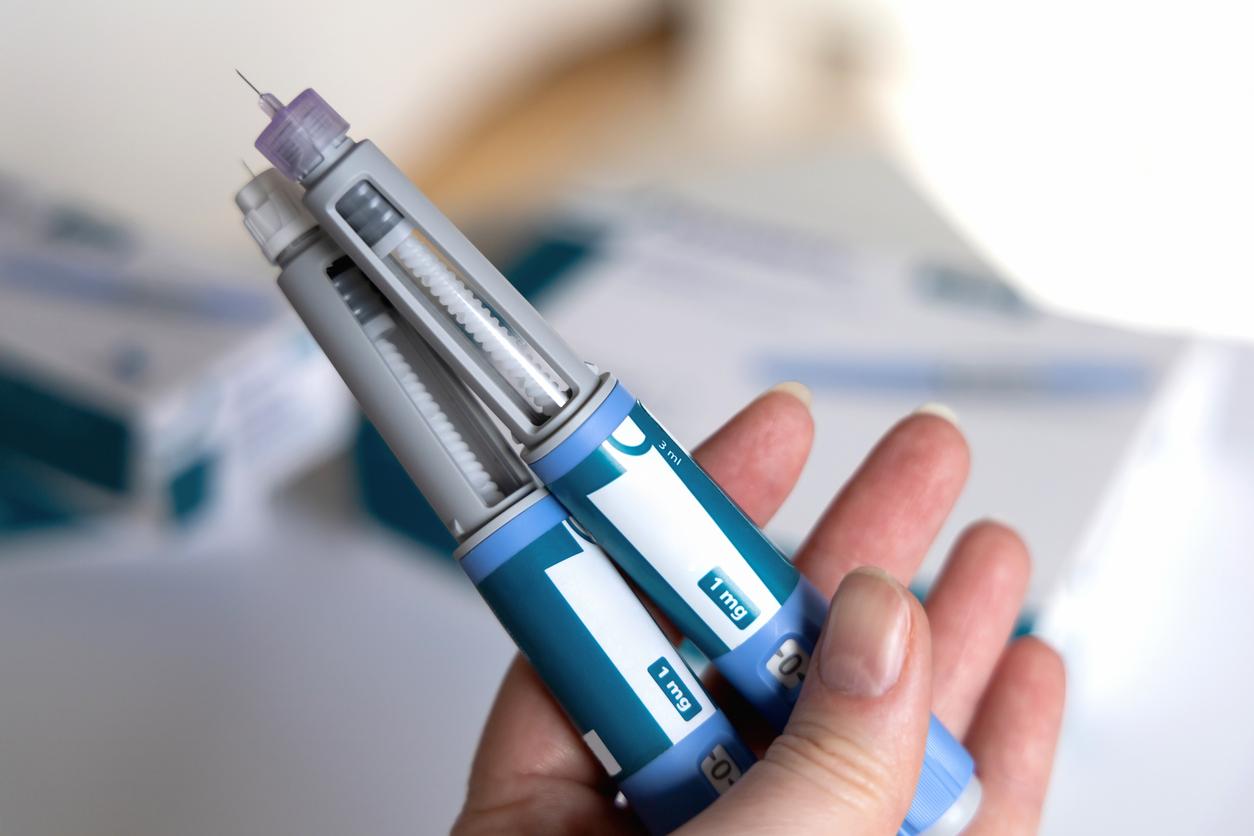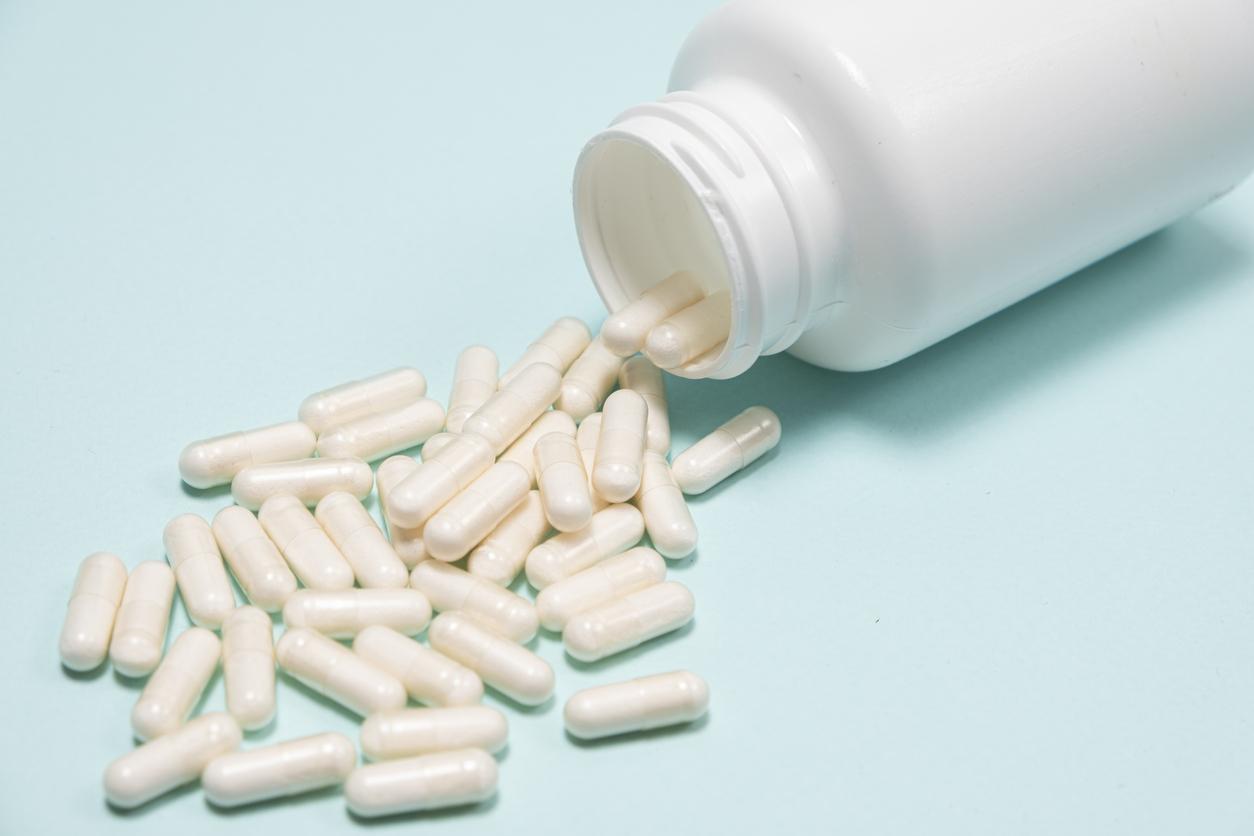A team of American engineers has developed a network of microneedles capable of injecting antibiotics into wounds that are struggling to heal. This new device could be particularly useful for treating foot ulcers, which are very common in diabetics.
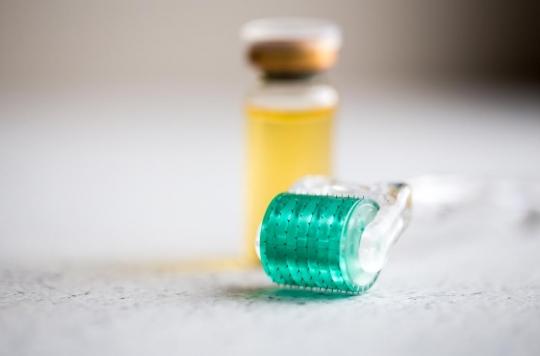
- Made of flexible polymer, this microneedle array can pierce the microbial microfilm of the skin and inject antibiotic in case of foot ulcer in diabetic patients.
How to treat large wounds while causing the least possible pain to the patients? Rahim Rahimi, professor at Purdue University (USA) and his team may have found the solution. These engineers have developed an array of microneedles to treat foot ulcers, a severe and common infection in people with diabetes.
Made of flexible polymer, the device is able to overcome the bacterial biofilm (cluster of bacterial cells) present in chronic wounds that do not heal. The idea is to simultaneously deliver oxygen and antibiotics using the microneedles, which has the effect of dissolving the biofilm.
“The microneedles do not cause pain because they are not long enough to touch the nerve endings of the foot”says Rahim Rahimi.
Next step: testing the device on humans
“The traditional way to circumvent biofilm is for doctors to peel it off, which is painful for patients and does not discriminate unhealthy tissue from healthy tissue”explains the team of Rahim Rahimi, whose work has been published in the journal ACS Applied Bio Materials.
The stakes are high because, without proper treatment, a foot ulcer can lead to sepsis and, in the most serious cases, lead to amputation.
The device developed by the Purdue University team has been tested on porcine wound models ex-vivo. The next step is therefore to find funding to carry out tests on human cells.
.







